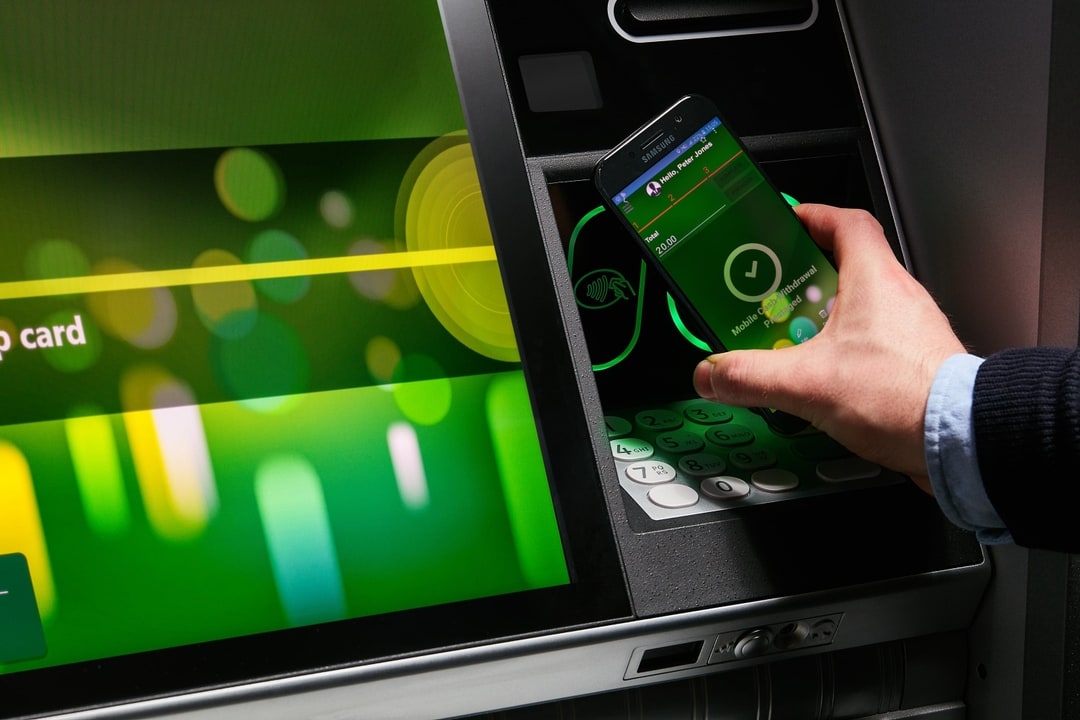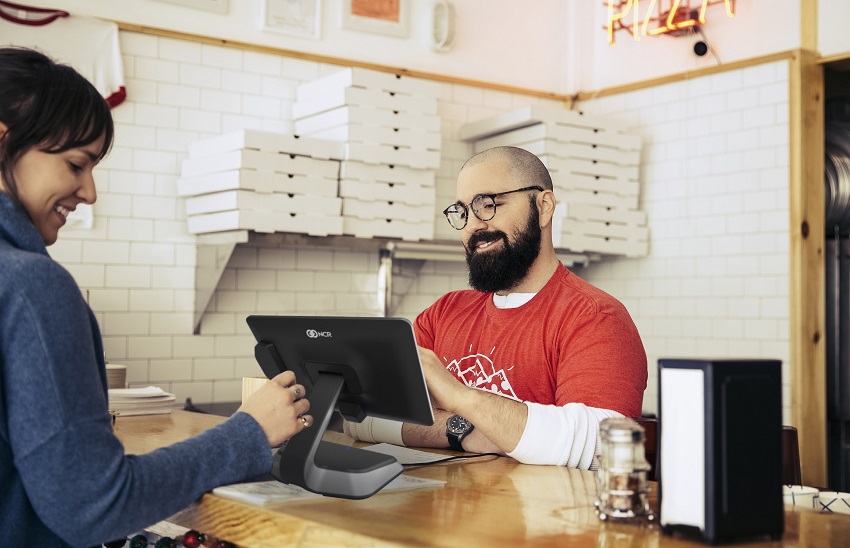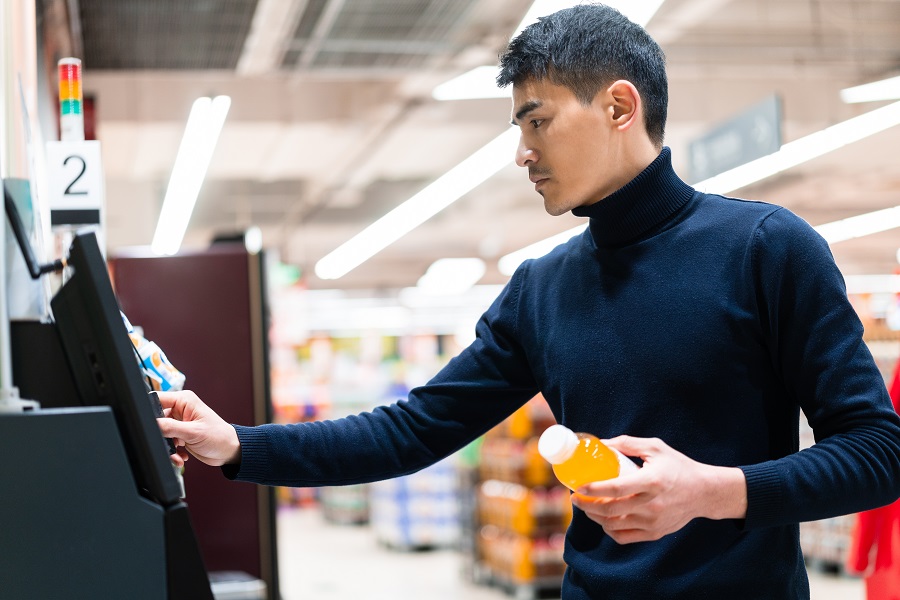A retail game changer: Data driven innovation and hybrid checkout
Published April 21, 2021
Spanish
It’s clear that 2020 was the year of re-defining retail strategies in weeks rather than months or years as retailers quickly executed thoughtful or just-in-time strategies adjusting to COVID-19. And part of the acceleration has been driven by consumer demand for more control, less need to interact with store staff and, most importantly, shorter wait time for service.
While online sales grew, the physical store still bought in the lion’s share of the revenue. The 2021 “Store Matters Study” from IHL/RIS News shows that store purchases still account for 76 percent of revenue. NCRs own retail survey showed that consumer trust in physical retail stores increased during the pandemic and retailers across the board, from supermarket chains to independent grocery stores to c-stores, saw a big shift in consumer behavior: the shift to self-service.
But not all self-checkout experiences are the same.
Retailers rushing to meet the demand also need to ensure they’re delivering the best customer experience in the self-checkout zone. They need to identify and resolve shopper pain points in the self-checkout journey so more customers use them—and so they deliver the benefits retailers expect.
In this article, we’ll talk about using data-driven storefront design to help retailers increase self-checkout adoption. But first, let’s explore what could stand between self-checkouts and the speediest, happiest customer checkout experience.
Download the infographic to see key elements of a data-driven store design
Store elements that can hinder self-checkout adoption
So what exactly affects a customer’s self-service satisfaction? It comes down to a handful of important touchpoints in the experience. And retailers need to understand these aspects of the consumer’s journey through their self-checkouts to adequately solve them.
Disorderly queues. Self-checkout (SCO) queues can become disordered and congested. Overcrowding and other chaotic factors make wait times longer (and there’s nothing shoppers hate more than waiting in line.) So, what’s causing the chaos? A few things like broken-down tills creating longer queues, shoppers who have a lot of items taking more time at the till, a lack of clear signage that show where queues should line up are some of the common causes.
The less organized the self-checkout queue, the more negative the customer impact. And this disorder can lead to frustrated customers and shoppers abandoning their purchases.
Navigation difficulties. Customers should be able to easily understand which tills are open and operating. Some common frustrating experiences include shoppers ending up at a card only self-checkout when they intended to pay with cash, getting to what they thought was an available self-checkout only to realize it is out of order and then having to wait for the next available till in the middle of the self-checkout area. If associates are busy or unavailable to provide adequate direction, customers are left to interpret the dynamics of the SCO corral on their own—which isn’t always the best experience.
Physical SCO area design and layout. A “grab & go” shopper has different expectations of a self-checkout experience compared to shoppers with large baskets. Often times the SCO area layout doesn’t take into consideration these shopper expectations—an example being a “grab & go” shopper having to wait too long behind large basket shoppers, as there are no separate queues for small basket shoppers. For most customers, self-checkout means more control and faster checkout. A poor SCO layout, that does not deliver on that expectation, can discourage customers from using your self-checkout area.
Related: Tips to design the most effective self-checkout zone.
The physical layout of your SCO area doesn’t just affect shoppers—it affects your employees, too, like the SCO hosts who manage and monitor your SCO lanes. The visibility to intervene in a crowded self-checkout area can be hampered—and responding to them quickly is a top challenge for self-checkout associates.
Inefficient SCO procedures. Scanning issues and interventions are the most frustrating aspects of checkout for shoppers. And it’s demanding on your associates, too. Customers don’t want to wait. If associates don’t have a quick and efficient way to resolve scanning issues and interventions, it would count as a definite bad experience for shoppers. What makes the situation even worse is when associates have to multitask across surveillance and customer service, especially for long periods of time—it gets hard to be a “great host.”
Using data-driven store design to increase self-service and hybrid checkout
To design the right self-checkout experience and boost adoption, retailers need access to the right data and expert analysts who know what to look for in that data. What is your data saying about current traffic patterns and peak periods? How “open” are your lanes—available checkout lanes vs out of order lanes? If you already have self-checkout, are your associates bogged down with unnecessary interventions—do you understand the most common type of interventions? Your transaction data will say a lot about card vs cash, basket size correlations with till type (self-checkout vs. assisted) and more.
Data from your store is a valuable resource that will help you get a clear view of current operations and frame the more relevant issues. Then you’ll want to consider other factors in the context of store location, including local demographics and target customer adoption. Different shopper types, large basket shoppers, small basket shoppers, and mobile scan-and-go shoppers have different expectation of speed at checkout, the space they need around the checkout station and payment types (cash, card, and mobile). All of these data points go into your design considerations.
A major retailer in the Nordics, through data analysis, found that the majority of their transactions are large baskets, and transactions peak between 3-6 pm every day of the week. Other times during the day, transaction volumes were very low and they had a lot of ad hoc lane opening and closures. The expert consultants the retailer had engaged used this and several other data points to come up with an innovative approach to checkout—hybrid checkout.
The experts used visual data modelling and design expertise including tools such as 3D modelling capabilities, to come up with 3D models of a hybrid checkout layout. This helped the retailer visualize options and compare pros and cons without having to invest in a physical pilot, reducing their risk, cost and time to market. The expertise to identify key problem areas form data, create data models that highlight possible solutions and 3D modelling that help retailers visualize the end results are all key to success.
Related: Data-driven store transformation—making room for more sales
Innovate to differentiate and drive topline growth
Self-checkouts offer a range of benefits for retailers and shoppers. For retailers that includes enabling them to:
- Deliver better customer experience, provide choice and inclusion for all
- Release checkout associates to help with higher value tasks like supporting new business models such as BOPIS (buy-online-pickup-in-store)
- Improve store operations areas such as stock management with more flexible labor deployment
- Enable better asset protection and shrink management
The following are some great examples of retailers redesigning their stores to increase self-service and deliver a memorable customer experience, all while improving store efficiencies.
A large US retailer changed their entire frontend to be 100 percent self-checkout, where associates took on the role of a host, helping customers through the checkout process, including checking customers out in assisted mode if required. According to the retailer “In the new layout, all 34 registers are always open. There is no such thing as opening or closing a lane, so adapting to changing traffic patterns is much easier. It’s also easy to maintain a safe social distance within the open area, because there’s plenty of room to maneuver”
A small footprint convenience retailer in the US, redesigned their front-end to add more transaction throughput, within their existing limited space. By converting their fronted to include three self-checkouts and one assisted lane, they saw significant improvement is transaction times and reduction in transaction abandonment. Customer choice was clear—more than 90 percent of their transactions go through self-checkouts today.
A European retailer in the Nordics took a truly innovative approach and went hybrid with their checkout. Most self-checkout deployments operate on the basis of at least one associate that drives the self-checkout experience exclusively. But this European retailer introduced a hybrid option where one connected associate was able to support, one assisted lane and three self-checkouts without compromising customer experience (see image below).
In conclusion, a redesigned frontend that is focused on shopper convenience and associate productivity, makes it easier for shoppers to make purchases and simpler for associates to do their jobs. Here are the three key steps to keep in mind for your redesign:
- Leverage good data modelling capabilities and best practice expertise to evaluate your current state
- Use insights and innovative capabilities such as 3D-visual designs to evaluate what-if scenarios
- Innovate to differentiate, just like the examples above
When you apply all three and make the adjustments, it can be a game changer for your store—especially when you meet the new customer shopping demands.



